You know you can help people get the results they're looking for. You've done it before with many, many clients.
You're got testimonials, a nice-looking website, a great video of you explaining how your services work...
But all you hear are crickets. No sales.
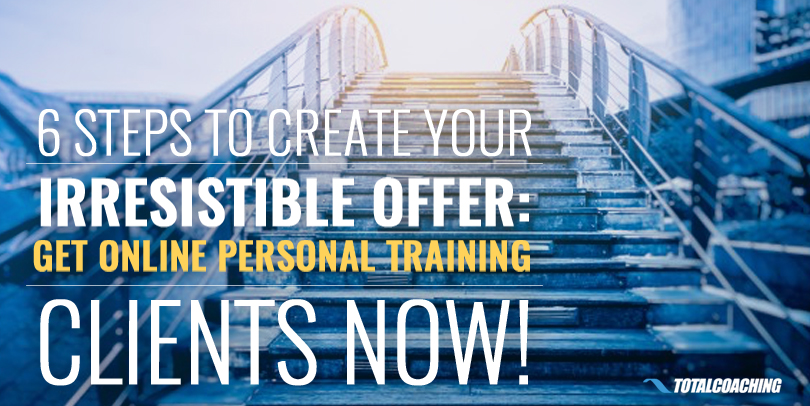
Trust me, I've been there too, and I know how tempting it can be to throw in the towel. "Online personal training just isn't for me!"
But, don't quit just yet. In many cases, it's not you; it's not your product or service; it's not your website. None of those are the reason that you're not selling a lot more. It's your offer.
The way you present your product has a greater impact on your sales (or lack of sales) than the product itself. Is it possible that the way you're presenting your product (i.e. your offer) just sucks?
Creating an Offer That Gets New Online Personal Training Clients
As you work through the following 6 steps, remember that your product (e.g. online personal training) is NOT your offer. Your product is what you'll be delivering, but your offer includes everything that you use to frame the value of that product.
Got it? Let's go...
Step #1: Create a Name
Your first step is to create the name for your product. This is NOT your business name - it's simply the name of one specific product.
“@TIME: 2 simple rules for naming a successful product http://t.co/6EzL5YRmZ7”naming it right brings better value to the product #branding
— aaron (@aaronjc23) October 24, 2014
For example, my business is called Make Your Body Work, but one of my main products is "The 10 in 4 Challenge."
What's the name of your product?
Step #2: Determine Your Price
Now, determine how much you will sell your product for.
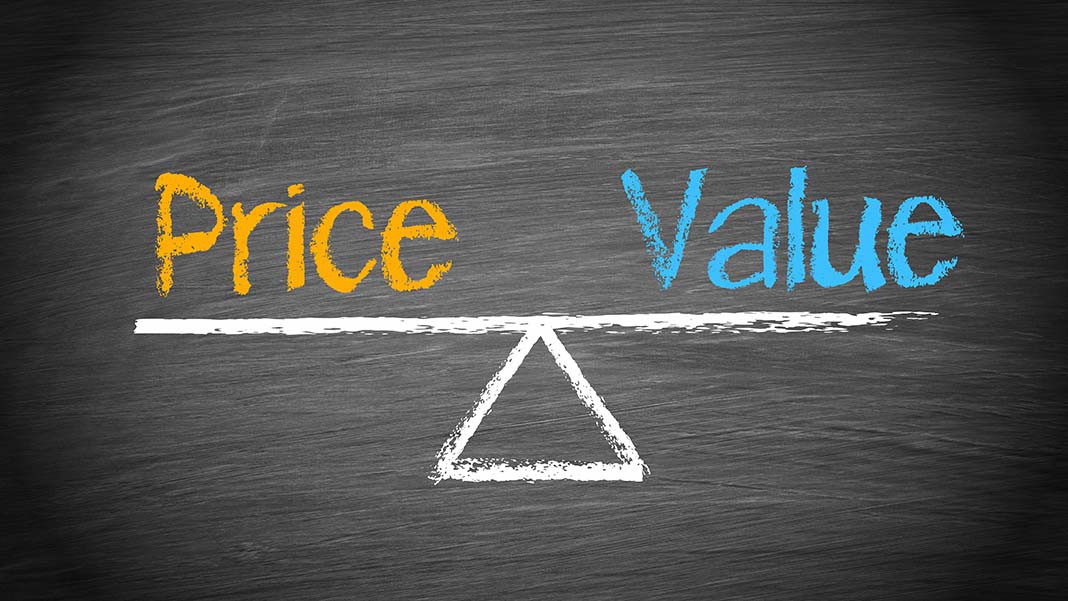
Spoiler alert: The next step in this process is to offer a discount, so your original price should be the maximum price you'd ever sell this product for.
In my case, The 10 in 4 Challenge is regularly priced at $297. That's what I consider a fair value for everything I am offering in this program.
Note that this is where many personal trainers stop. They have a product and they have a price - time to sell it to the world, right? WRONG!
While this is technically an offer, it's a very bad one. There is little reason for anyone to purchase no matter how great your product looks.
Step #3: Offer a Discount
Adding a discount is the easiest way to increase the perceived value of your offer. Now, it's important to follow ethical pricing tactics here. Don't pitch your product as a "regular price of $997, now only $27" if that's not the reality.

A price discount increases the perceived value of your offer
The price you chose in step #2 is the maximum fair value you'd ever charge for your product. Your discount offers a price that is considered as maximum value for your client but is also able to give you a fair return.
Back to my own program...
The 10 in 4 Challenge is priced at $297, but I regularly sell it for $97. This offers tremendous value to my clients, and I get a fair return.
IMPORTANT:
Be careful not to undersell yourself. Many trainers I coach want to offer individualized workouts, custom meal plans, 24/7 support, and so forth, all for a price that is far too little.
Your time and expertise is valuable, so be sure that the discounted price of your product reflects this. In my example, I can sell The 10 in 4 Challenge for $97 because it's an automated program - more clients do not create anymore work for me; therefore selling it at such an inexpensive price works. It's a win-win.
If you are selling a product that requires your time, be sure you get paid for what your time is really worth.
Step #4: Add a Bonus
Discounting the price of your product is one way to increase its perceived value, but another, and potentially more powerful way, is to give more by means of a bonus.
What problem is your product offering a solution for? Now, that main problem will surely be accompanied by other "secondary" problems that your clients will want to solve as well. How can you help solve them?
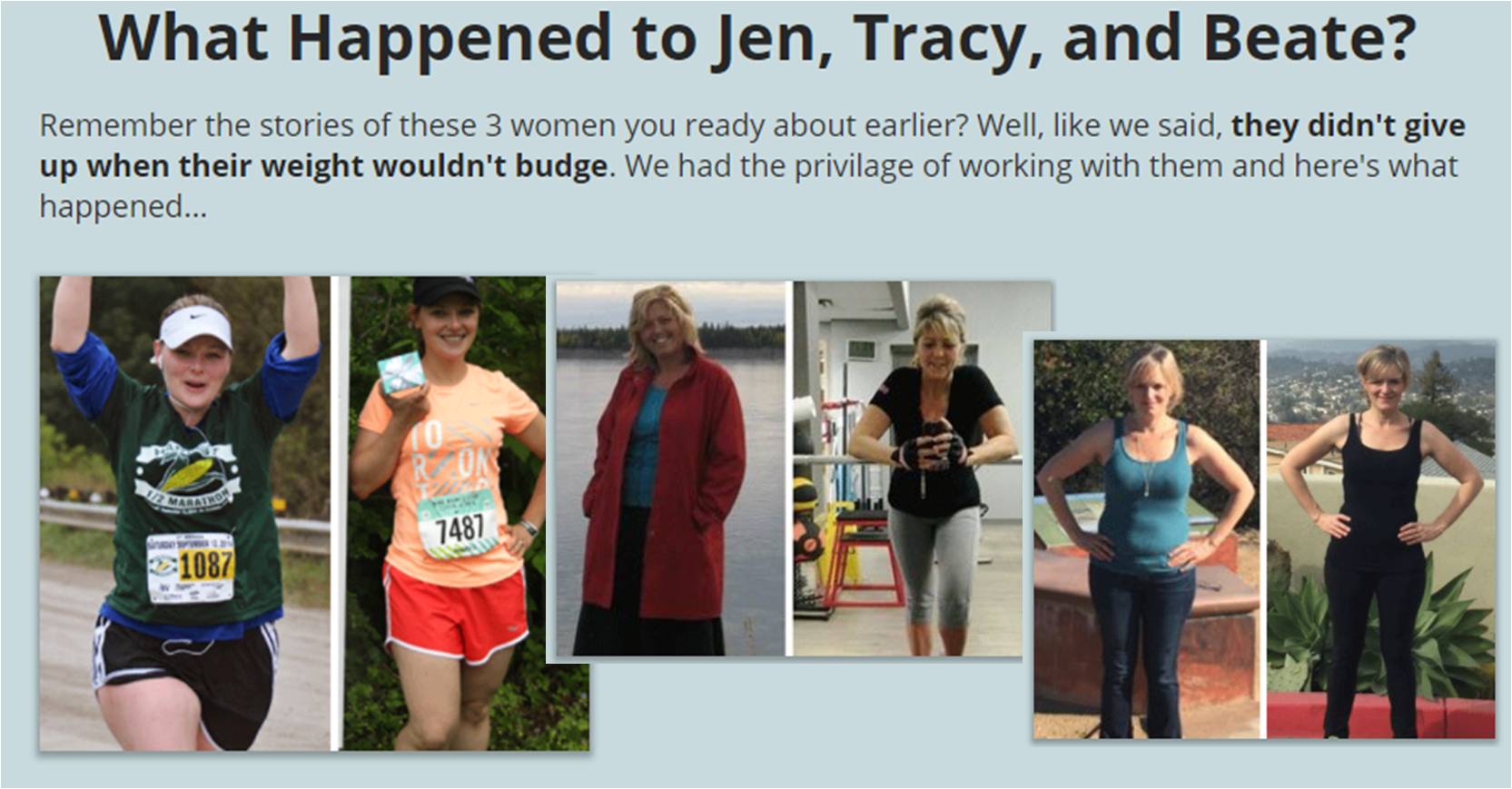
Using client testimonials can help demonstrate the primary and secondary problems your offer will solve for your clients
The 10 in 4 Challenge is a weight-loss program that helps women create healthy habits that they haven’t been able to stick with in the past.
So, my clients are learning about goal-setting, planning, accountability, etc. What else might they want?
Well, I know that they're going to be creating healthy meal plans, so it makes sense that they'll be searching for new recipes. I can save them a lot of time and work by offering suggestions that they plug right into their plan.
That line of thinking is how I decided to offer the THRIVing cookbook as a bonus for any women who join my program. It's added value that makes my offer more irresistible.
What bonus are you going to offer?
Step #5: Remove the Risk
At this point, your prospective clients should at least be considering your new and improved offer. But they might not be ready to pull the trigger just yet. It's time to remove the risk...
It's an unfortunate fact that the fitness industry is full of scams and shady companies that are looking to make a quick buck from huge promises that aren't delivered. While you're not one of those scam artists, prospective clients don't know that. They might be asking, "What happens if this doesn't work for me?"
Here's where you can remove that fear in two ways:

First, you can offer a guarantee. For my programs, I offer a 30-day money-back guarantee. If a client doesn't get the results she was looking for, she can request a full refund.
Now, you might be thinking, "Dave, don't you get people who buy your products and then just ask for a refund? They are the scam artists!"
This does happen for sure, but I can live with it. For every refund request I get, there are dozens of new clients who joined my program at least partially because they felt as though there was little risk to do so.
Second, you can remove the risk by offering a trial period.
CAUTION: It's important that your new clients have some "skin in the game" - if they join for free, there is no incentive for them to put in the work required to see results. A 100% free trial can result in you landing a lot of "tire kickers" who just want whatever they can get for free. These people are NOT the clients you want to attract.
Instead, offer a deep discount for the trial period that automatically rolls into the regular price thereafter.
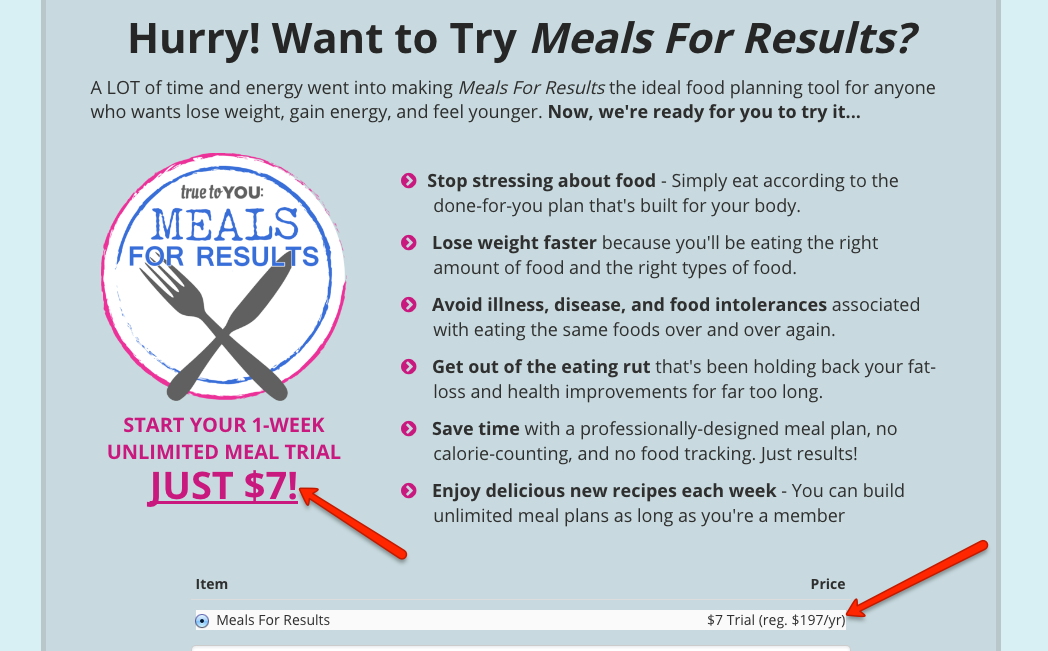
I recently launched a new meal-planning software that used this approach. For 1 weeks, clients could use Meals For Results for just $7 Then, after the trial period, the remainder of the regular price ($197) would automatically be billed to their credit card.
Their risk was reduced, but I scared away all the freebie-seekers by requiring a payment upfront. Again, it's a win-win.
How are you removing the risk from your products?
Step #6: Create Urgency
Your offer is getting pretty awesome at this point, but you need one more thing to seal the deal: You need to force a decision right now.
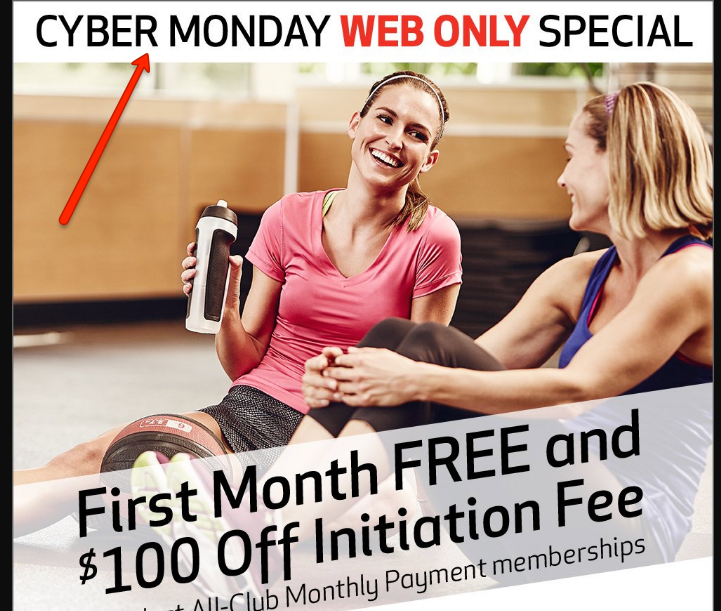
Given the chance, many prospects will think like this:
- "I'll make a note of this and come back later."
- "I've got to remember to talk to my wife about this."
- "I'll see how things go at the gym this week before trying this."
There are a million reasons why someone can choose NOT to act now IF there is no reason for them to act now.
Force them to make a decision using urgency.
You've already established a discounted price and a really great bonus that any new client would love to have. You can leverage one or both of these to create urgency: If someone doesn't act within a set time period, the special price and bonus go away.
Here's how I do with The 10 in 4 Challenge:
Early-Bird registration is open until Friday at 10pm. After that, the price will go back to $297 and the THRIVing cookbook will no longer be available. Join us right now to SAVE $200 and get your copy of THRIVing. I don’t want you to miss out!
When you do this, please be authentic. If you say that a special price or bonus will go away at a certain time, make sure that it does. You want to build trust with your audience so avoid using any deceptive sales tactics.
Conclusions
Think about how far we've come...
The original offer looked something like this: "Join The 10 in 4 Challenge for $297" - now it reads like this...
"Join The 10 in 4 Challenge before Friday at 10pm and save $200. You'll gain access to the full weight-loss program for just $97, PLUS you'll get a FREE copy of the THRIVing cookbook. And, there's no risk to you. Try the program for 30 days and if you don't lose the weight you'd like to lose, get a full refund - your results are guaranteed!"
Which offer would you be more likely to purchase?
This stuff may seem obvious when you see it outlined here, but take a look at your website for a minute. Are your offers enticing? Are you framing your products in such a way that visitors to your site won't be able to refuse?
Make it happen!




